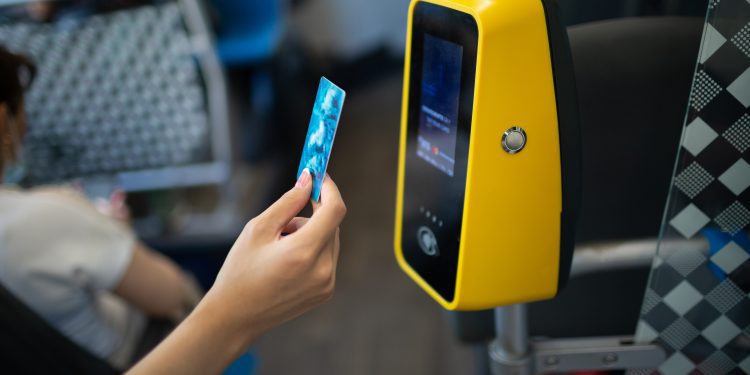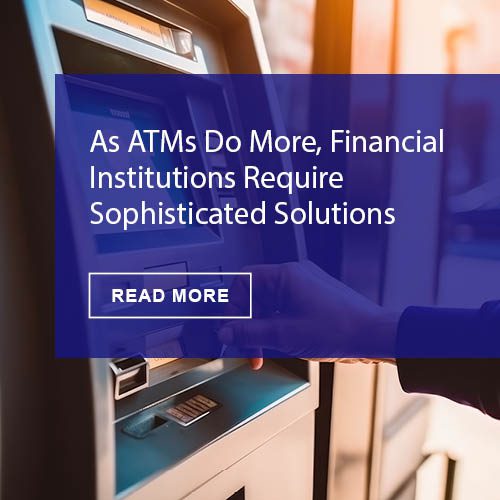Did you ever imagine that you could pay for your subway and bus fare as quickly as for your morning cup of Joe or a new pair of shoes? When I started researching contactless and mobile payments for transit about a decade ago, it seemed like a distant reality. However, today, people can pay for public transit with contactless credit/debit cards, Apple Pay, and Google Pay in more than 500 cities worldwide.
Historically, transit riders could only pay for fares using transit cards, cash (exact change), paper tickets, and tokens. Commuters commonly worry about missing a bus or train while waiting in line to buy or reload a fare card, not having exact change, and not having enough cash to pay for a fare.
More U.S. and global transit operators are implementing contactless payment systems where customers can tap their credit and debit cards or mobile phones to pay fares like they would for other retail purchases. According to Visa’s Future of Mobility survey, 94% of transit riders expect public transit to offer open-loop, contactless payments.
Digital Payments Evolution
Last month, I visited Vancouver, BC, for the first time. As a tourist (and payments enthusiast), I was ecstatic to see that Translink accepts contactless payments. As I explored the city, I tapped my credit card to pay for bus and subway fares without having to calculate the distance or number of rides I would take in advance. I also did not have to worry about exchanging USD for CAD to pay for transit. I could tap to pay for my Tim Horton’s coffee, new John Fluevog shoes, and transit rides in the same way.
Many transit systems also offer fare capping by setting a maximum limit on daily, weekly, or monthly fares. It has been well received by riders who appreciate the flexibility of not having to purchase passes ahead of time. Nearly half of riders (47%) said they would use public transit more often if rides were fare-capped, according to the Visa survey.
Some riders prefer using fare cards for budgeting purposes or to track their transit expenses. These customers can also tap to pay, as more transit agencies update their fare card systems. New York City’s MTA is introducing contactless OMNY card vending machines at select subway stations that will replace magnetic stripe MetroCards. Additionally, MTA riders can reload their OMNY cards online. Mobile wallet users can also save digital transit cards, such as Chicago’s Ventra, Portland’s Hop Fastpass, San Francisco’s Clipper, and Washington’s SmarTrip cards in Apple Pay and Google Pay.
However, for riders who want to pay with their credit or debit card and track how much they have spent, Google Pay will offer a new feature showing a customer’s ride history and how much they have saved from time-based fare caps. This new feature will begin rolling out later this year, initially available with Brighton and Hove Buses in the UK, with plans to bring this feature to more cities next year.
Digital technology is enhancing transit experiences for riders in cities worldwide with more convenient payment options, real-time information, and end-to-end trip planning features that help consumers optimize their journey to their final destination.











